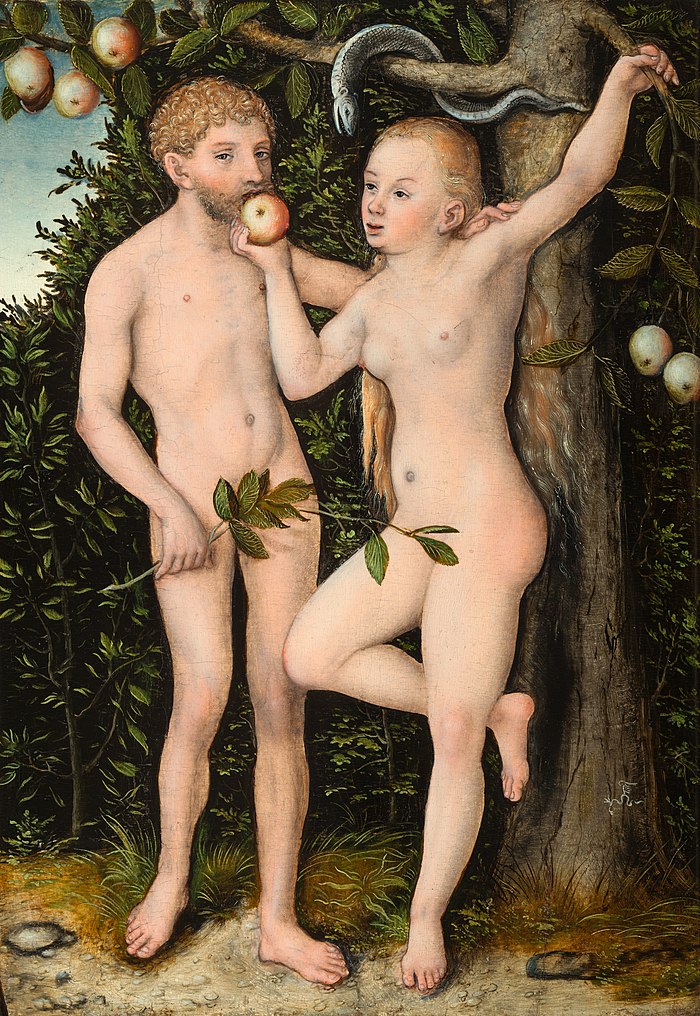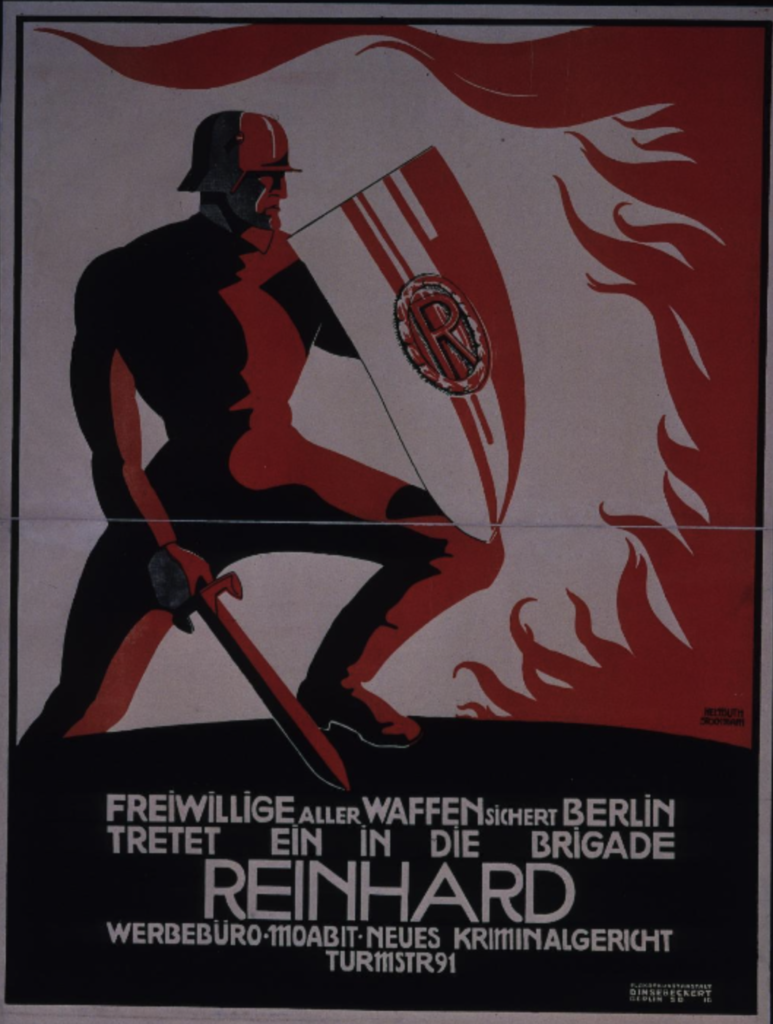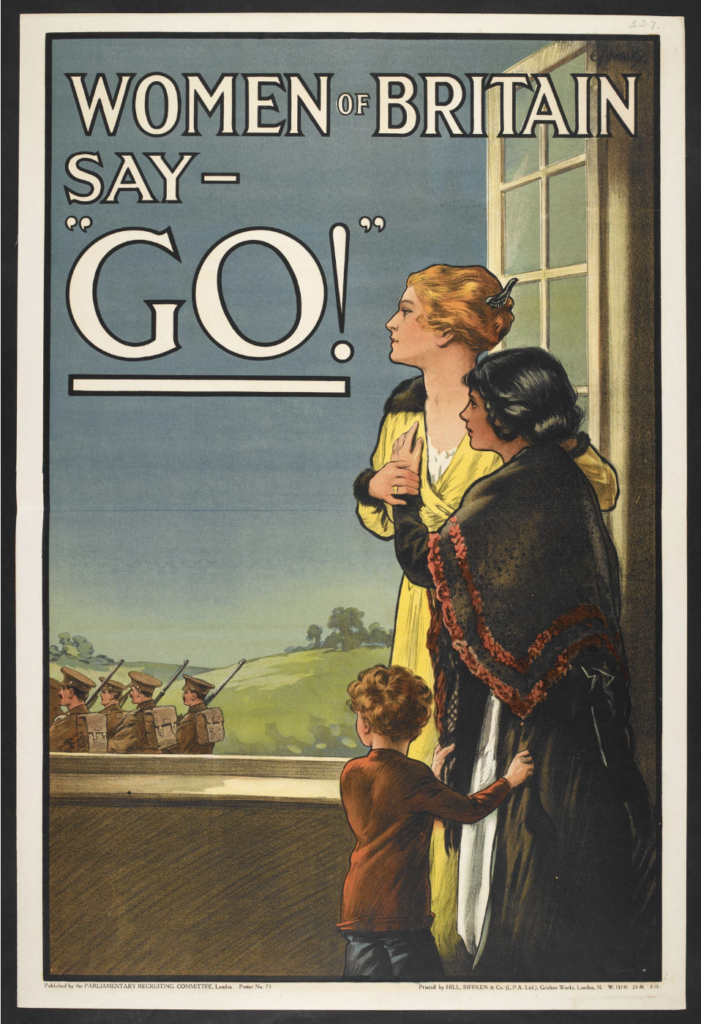How Political Myth Changes Mythology
by Mihaela Manolache
Ancient mythology and stories have served for centuries as instruments for cultural and political decisions in the western world. Famous ancient heroes such as Odysseus, Enea, Theseus, and Achilles have inspired many kings in their desire to reach eternal glory no matter the costs. Gods such as Lady Justice (Justitia) and Dike have been a constant presence in human lives since Antiquity by governing justice matters. Biblical figures such as Adam and Eve transmit powerful messages which can be easily understood by everyone. The Western culture benefits from a rich legacy due to its past and people relate to their heroes as models of virtue, examples of how one should live and act. The crowds openly identified themselves as descendants of the gods and demanded recognition, power, and respect.
GET MORE FROM LEVEL

Myths as archetypal narratives can be both universal and local in their matters and bear a profound meaning for all cultures of the world. From ancient China to the fearful Vikings of the European north, mythology creates a bond between the past and the present by tying us to our history and cultural legacy. However, by appealing to emotions, cultural beliefs, and values myths can and have been used deliberately by politicians to reach particular audiences and communicate a message only half-true. Examples are obvious in radical movements that have been exploiting mythological resources for political purposes.
History shifted from monarchies where kings and queens were seduced by a sweet dream of overpassing their ancestors’ legacy to modern politics which addresses mythology to manipulate the beliefs and opinions of the masses. Many historical studies analyse how myths from being a positive presence in our lives switched to a political mass propaganda tool. The swift has occurred in cases when the boundary between what is real and what is not is blurred thus, deliberate imaginary fabrication of historical events served as means of manipulating points of view. This is especially beneficial for oppressive political regimes which needed a kind of historical legitimisation for their deeds. Fascism, Nazism and Communism are all examples of political regimes which made use of forged attested facts to manipulate and restrict human behaviour.
Background
Many of us regard myths as cultural structures deeply rooted in our human background. Some of them speak about human thinking, emotions, and daily obstacles, others present cosmogonies, describe the end of the world, or debate about justice and misfortune. Only think of the biblical story of Eve and the original sin and for how long men underestimated and undervalued women due to a genesis myth in which Eve fell into sin. Thus, all women were worthless. Men have used this myth to silence women and oblige them to stick to an insignificant role in society for centuries.

Mainly of social nature, myths can connect people under the same umbrella by sharing collective ideas and creating social identities. In some ways, myths even capture societal norms and behaviors or establish ones resulting in endless resources for narratives, meanings, values, and virtues. What is particularly interesting about myths is the atemporality that best describes them. A myth is equally relevant in Antiquity and nowadays because its meaning is changing together with society. The core of the myth is being re-contextualised and receiving new interpretations by connecting with everyday events. Bottici and Kühner (2012) suggest that myths are in their essence evolving processes that create meanings related to contemporary contexts.
Scholars agree that although mythology has been present in the governance system since ancient times, the contemporary political myth arose during the Industrial Revolution when technological modernity impacted the living standards of both the masses and the elite.
Myths and Politics
Political myth is a complex notion that involves the fundamentals of myths (patterns and models for life created by ancient civilisations with the sole purpose of making the world comprehensible) twisted in actions to obtain ideological followers and political gains. Through the narratives of myths, political doctrines create an indisputable connection between their principles and the community’s past.
A good example is the war propaganda developed at the beginning of WWI aiming to recruit fellows from the UK and later from the U.S.A. With powerful visuals and meaningful messages, posters evoked glorious successes of the past, referring to knights from the Middle Ages fighting in the name of God, honour, and for the king. Thus, men joined the war urged to protect the kingdom and were driven by emotions such as knighthood, chivalry, and heroism.

The protector from the Middle Ages was resurrected in 1914, and believed to participate in an iconic mythological medieval war led by king Arthur himself. Although the Middle Ages were separated from WWI by hundreds of years of history and massive technological progress, the face of war was forgotten and idealised. This specific propaganda was constructed around the idea of patriotism and chivalry, rooted deep inside the European mentality. The posters drew parallels between ancient battles and the modern war, suggesting an implicit easy victory by the British army. Both Americans and Germans appealed to mythological resources for political purposes and to enlarge their armies. Just have a look at Helmuth Stockmann – Freiwillige aller Waffen sichert Berlin (above). A man with a sword and a shield reflects the patriotism and the glory behind becoming a military.
Symbols from Ancient Times
Modern politics have incorporated in their ideology methods and strategies to reach their targeted audience. One of the tools they’ve used is ancient symbolistic and mythological characters to make an impact. Mythology is truly an endless resource to express certain beliefs, to justify or forge aspects of political movements.
Saint George, Joanna of Arc, white horses, the swastika, and the five-pointed star are only a few concrete old symbols of great pride and importance for the communities. People know and identify with such characters and their stories, thus, any political propaganda forging stories around these symbols has proved to be successful on each occasion. Saint George is not only a heroic figure but also a holy personality cherished by the Church, defeating evil. His white horse is also a symbol of purity and strength.
Feminine characters like Joan of Arc were intended to sensibilize women to donate money and help their men to win the war. The parallel is made by the categorical message ”Joan of Arc saved France – Women of America – Save your country – Buy war saving stamps”.
Propaganda also made use of children or the elderly who needed protection. In the poster ”Women of Britain -Say GO!” A.J. Kealey suggests that a knight must defend the weak at all costs.

The swastika is a religious symbol from Eurasia dating from nearly 12.000 years ago. Its shape embodies a cross with four legs bent at 90 degrees angle. In early 1900 the swastika became a popular symbol of luck, which was taken over by the Nazi party. Since its nazi association, the symbol lost its original meaning and many public swastikas were covered or removed. Political contexts endangered the loss of old symbols by replacing their meaning with new ones, mixed, reconstructed, or reimagined and nowadays this danger has by no means disappeared.
The five-pointed star is a symbol used by the Communist party to suggest the triumph of their ideas on five continents of the globe. In fact, the symbol is inherited from the Roman culture and is known as the star of Mars, the Ancient Roman god of war. Starting with the 19th century, the star was used in the military as a sign of power and hierarchy. During the reign of Soviet Russia, the party used a five-pointed star as a symbol to protect the peace and the labourers. In ancient Rome, the god Mars was also the protector of agricultural workers. During the two world wars, the red star associated with a hammer and a plow became a symbol of communism and socialism in general.
The Roman salute is a very popular gesture known since Antiquity represented by the full extension of the right arm, facing forward, with palm down and fingers touching. Today is known as the Fascist salute as was adopted by Italian politicians during the Fascism movement. In 1926, the gesture became a compulsory form within the Nazi party. However, since the end of World War II, many European countries, including Germany, Austria, Czechia, Slovakia, and Poland have forbidden the use of this gesture as it is considered a criminal offence.

Leave a Reply